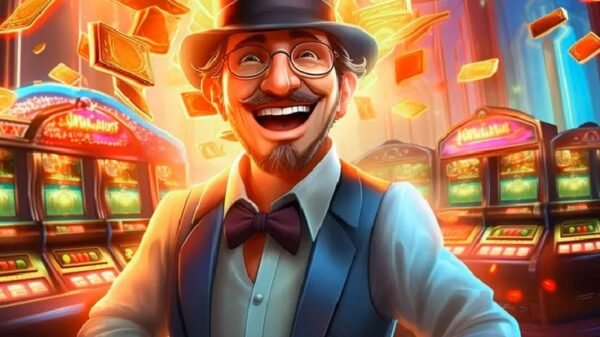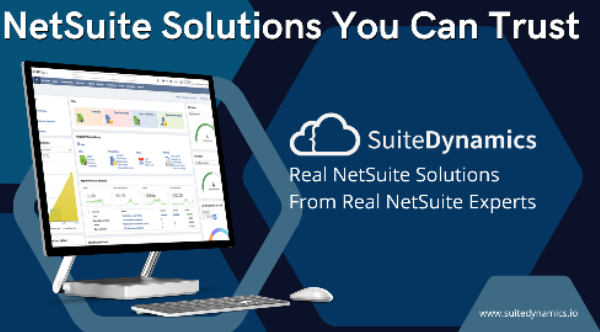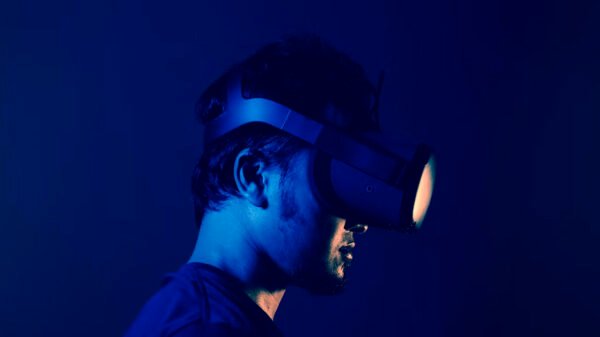Extended reality headsets are still relatively new, but early adopters are already beginning to see the immense value they offer for businesses.
From increasing efficiency and productivity to enhancing customer experience, extended reality for business is proving itself to be a powerful tool for businesses of all sizes. In this post, we’ll explore the various ways in which extended reality is changing business for the better.
What is extended reality?
Extended reality (XR) is a catch-all term for any technology that allows users to interact with digital content in a simulated or real-world environment.0 In business, XR can be used for a number of purposes, from training and development to marketing and sales.
Essentially, XR allows you to step outside of the traditional screen-based world and immerse yourself in a new reality. This can be done through virtual reality (VR), augmented reality (AR), or a combination of the two.
VR transports you to an entirely virtual world, while AR overlays digital content on top of your existing environment.
What are the different types of extended reality?
So far, we’ve talked about virtual reality, augmented reality and mixed reality. But what are these things, really? Let’s start with virtual reality.
VR is a completely immersive experience in which the user is transported to another world. In a VR setting, the user can see, hear and interact with the digital environment around them.
Augmented reality, on the other hand, is an experience that overlays digital content on top of the real world.
AR allows users to interact with virtual objects that look and feel like they’re a part of the real world. Finally, mixed reality is a blend of VR and AR, giving users the ability to interact with virtual objects in the real world.
How is extended reality used in business?
Extended reality, or XR, is a catch-all term for any technology that allows users to interact with digital worlds beyond the traditional screen. This could be through augmented reality (AR), virtual reality (VR), mixed reality (MR) or a combination of these technologies. So far, XR has proved to be a powerful tool for businesses of all sizes. Here are just a few ways it’s being used:
Training and development: XR can be used to create virtual simulations that employees can use to learn new skills or practice dangerous tasks.
Design and prototyping: XR can help designers and engineers collaborate in real-time, create prototypes, and test products before they go into production.
Marketing and communication: XR can be used to create immersive customer experiences, powerful brand narratives, and interactive product demonstrations.
What are the benefits of using extended reality in business?
There are many benefits to using extended reality in business. First, it can help you become more efficient and productive.
You can experience a product or service before you invest in it, saving you time and money. It can also help you improve customer service by providing a more immersive experience.
Customers can interact with your product or service in a realistic environment, which can help them make better decisions. Finally, extended reality can help you train your employees more effectively and reduce costs associated with training.
Case studies of businesses using extended reality
Businesses of all sizes are beginning to adopt extended reality as a way to improve their operations. From tiny startups to major corporations, there are countless success stories. Here are just a few examples:
– Airbus is using VR to enable employees to walk through planes that are still in the design stages, making it easier to identify and solve potential problems.
– Walmart is using VR training to help employees learn how to handle difficult customer service scenarios.
– Ford is using VR to allow customers to test out car colors and options before making a purchase.
– Marriott is using VR to give guests a virtual tour of their desired destination before they book their trip.
– McDonald’s is using AR to show customers how their burgers are made.
The possibilities for VR and AR in business are endless, and the benefits are clear. Whether you’re looking to improve communication, training, sales, or customer service, extended reality has something to offer.
Conclusion:
Extended reality is a game-changing technology that is already having a huge impact on businesses around the world.
It has the potential to completely revolutionize the way businesses operate, and the benefits are clear. With extended reality, businesses can enjoy faster production times, improved communication, and higher quality products.





























































